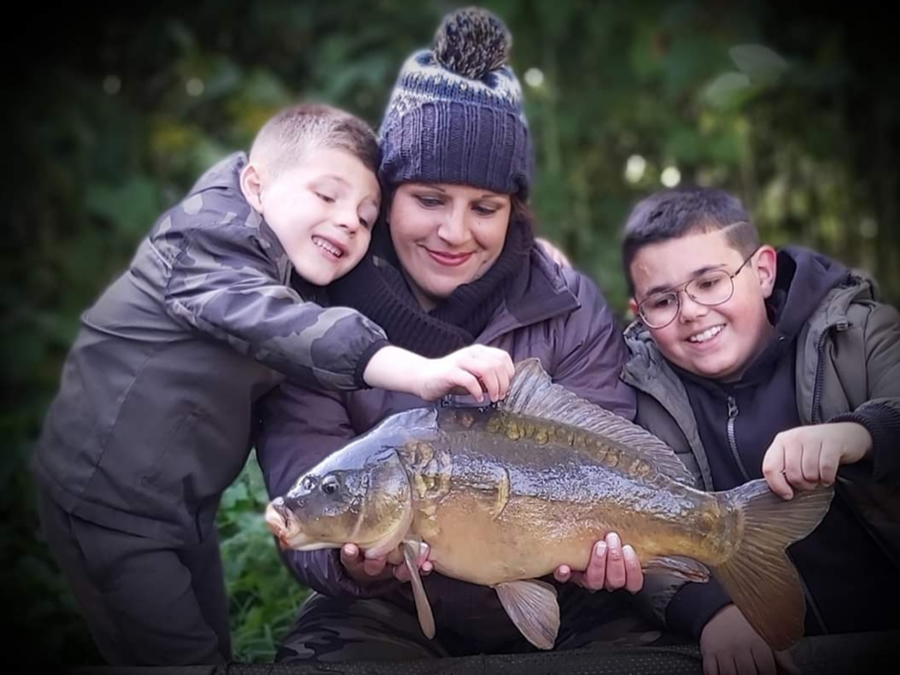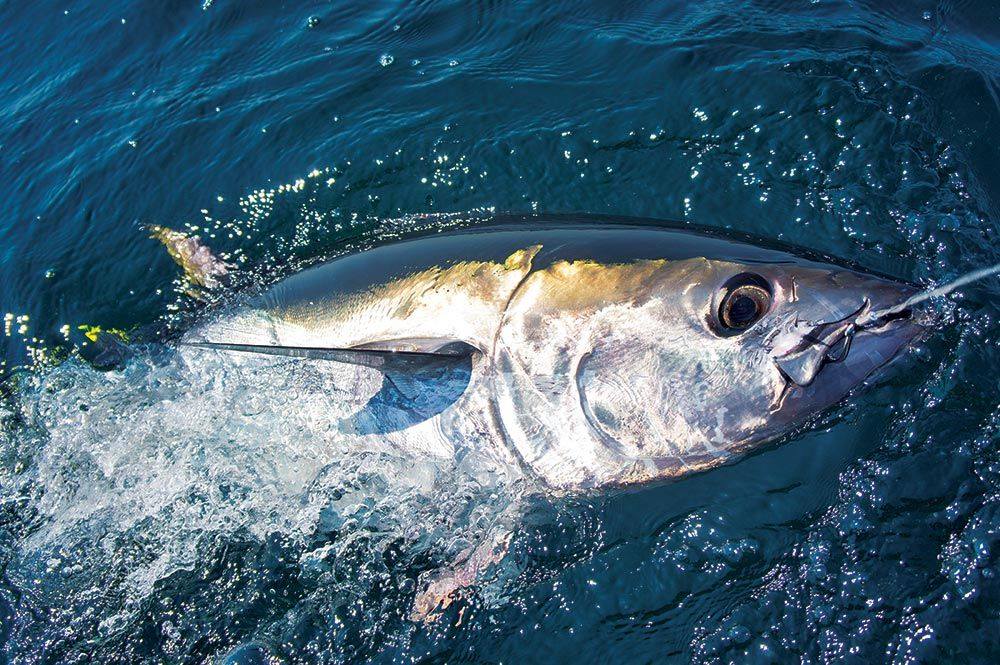
Marine
Government seeks views on a catch and release bluefin tuna fishery to start in 2024
The bluefin tuna scientific research programme – CHART – is now in its third and final year. This programme has shown that a catch and release bluefin tuna fishery can operate to a high welfare standard and very low post mortality rates. After sustained campaigning by the Angling Trust, the UK Bluefin Tuna Association, charter boat skippers, and many anglers, the government has agreed to the introduction of a catch and release recreational fishery (CRRF) to be established, starting in 2024.
In order to comply with the requirements of ICCAT – of which the UK is a member – this fishery will be licensed. Only those holding a licence will be able to operate a boat – either a charter boat or a private vessel – and legally catch bluefin tuna, or in the case of charter boats, take anglers to catch bluefin tuna. There is currently no provision in law that allows the issuing of licences for the purpose of recreational fishing. Therefore, the government is looking to introduce new legislation to enable the recreational fishery to take place in 2024 and beyond. They are currently consulting on how such a system of licencing will operate, be managed, and what it will cover. The consultation closes on the 4th September. We need anglers who are interested in bluefin tuna to respond. This is a chance for recreational anglers, boat owners, and charter skippers to have your say.
The Angling Trust is submitting a details response to the consultation. We will publish our full response online when it is submitted. But in short, we think the consultation needs to:
- Ensure more boats and anglers are able to benefit from the fishery.
- There is a robust structure for managing the fishery, enforcing the rules, and preventing illegal fishing.
- That licences are fair, and if there are charges they are reasonable, with any monies generated being reinvested in the fishery. And if you have to pay for a recreational licence then you should have to pay for a commercial fishing licence too.
- That in future, the allocation of quota should both protect the sustainability of the fishery and favour the recreational fishery as it will provide greater value.
You can respond online, Permitting regimes for the recreational targeting of bluefin tuna in UK waters – Defra – Citizen Space, there is also an option to submit your response via email on post.
There are 12 questions in the consultation. Below are some things you might wish to consider as part of your response.
Q1: Do you broadly support the design for the new permitting regimes? Yes or no If no, why not?
There is not enough detail in the consultation to say whether this can be supported on not. While we can “broadly support” the approach the government are taking, there is a need for them to set out more detail on how the permits and the accompanying code of conduct will operate. What will be included where?
Q2: Do you support this approach to commercial fishing vessel access to CRRFs? Yes or no If no, what would you propose instead?
Again, we feel the government needs to provide more clarity and information before we can give a clear answer. We think it is right that a vessel should not be able to hold both a recreational and commercial licence to fish for bluefin tuna at the same time.
Q3: Do you support the proposed approach to determining the number of permits available in the English catch and release recreational fishery? Yes or no If no, what alternative approach would you suggest?
We don’t support this. We can see why the government is taking this approach in the first year as there will be a need to ensure the transition from the CHART programme to the full CRRF does not impact issues around fish welfare and mortality rates. But looking ahead, we think the number of permits should be issued to meet, where possible, the level of demand (within the constraints of maintaining a sustainable fishery and not impacting on the conservation status of bluefin tuna). That demand should not be artificially constrained by the allocation of quota between the recreational and commercial fishery. Given the greater economic benefit of the recreational fishery, that fishery’s need for quota should be prioritised.
Q4: Do you support the approach to allocating permits in the event of oversubscription, proposed for the English CRRF? Yes or no If no, what alternative approach would you suggest?
While we think the proposal put forward by the government in the least bad option for the first year of the fishery, we feel the allocation should be based on the level of demand with the right level of quota being made available. To deliver a world-class bluefin tuna fishery for the UK, with all the economic benefits, including foreign earnings, that will deliver, future quota allocations should favour the CRRF fishery.
Q5: Do you support the allocation criteria proposed for the English CRRF? Yes or no
The reputation of this fishery, and the low mortality and high welfare standards it has achieved need to be maintained. Therefore, training and good practice is important. We understand why the government is suggesting the qualifying standards it proposes for the first year. But it needs to be clear, from the beginning, how it is going to expand those standards and entry criteria in future years. Those wishing to get a licence to fish in future years need to know, sooner rather than later, what they will need to do.
Q6: Do you support the approach to permit conditions proposed for the English CRRF? Yes or no
We understand why the government has opted for three levels of conditions. Those that are part of the law (and therefore will be difficult to change and not be responsive to the changing nature of the fishery). Those that are classed as additional (which will be part of the management of the fishery and can respond to changing circumstance, year on year, or even within a season). And those that form part of a “code of conduct” (which will be voluntary).
The key issue is what goes where. The law needs to only cover the very basic requirements, as it will be difficult to change if it proves to be getting in the way. But the additional management requirements, being more flexible, must cover aspects around the skill level of the vessel owners and crew, and any other restrictions that support the need to maintain high welfare and low mortality in the fishery. This should include aspects of enforcement. The code of conduct should only cover items that are nice to have and are optional for those who support the drive to create a world-class fishery.
Q7: Do you support the idea of a voluntary ‘code of conduct’ to drive best practice in the English CRRF? Yes or no If yes, please provide details of further areas you’d like to see covered: If no, please explain why not:
It will be important that effective minimum standards are set via the fixed and additional operating conditions and not left to a code of conduct which is “voluntary”. Those minimum standards must include basic competence levels for skippers, crews, and private boat owners, seeking to enter the fishery, and basic welfare, catching and gear requirement to ensure post release survivability is maximised.
A code of conduct should address measures and advice that allows a “best in class” approach to the catching, handling, and welfare of the fish alongside aspects of fishing etiquette, angler responsibility and behaviour, participation in scientific research, and the promotion of an ethos that demonstrates the world-class nature of the fishery.
Q8: Do you support the concept of the recreational BFT permits being chargeable? Yes or no If no, explain why not and comment on whether you would suggest an alternative approach to fishery access
We understand why the government is proposing this but we want to know what will be covered by such a charge, and what the level of contribution will be.
It is important that anglers, charter skippers, and boat owners see a benefit from having to pay a licence fee. Therefore, the money should be ring-fenced for the fishery, and as with the commercial sector, the government should be willing to provide financial support to help develop the fishery, maintain high levels of health and safety, and fish welfare, etc.
We note that commercial fishers who are part of the pilot commercial fishery have not had to pay for their licence. This is inequitable and the government must ensure there is equal treatment with commercial also having to pay the cost of their licence.
Q9: Do you agree with our estimate of likely levels of interest in CRRFs? Yes or no If not, please provide your assessment of interest levels
Given the restricted number of vessels that were able to take part in the Chart programme and the criteria participating vessel will be required to meet in the first year, we understand why the government has identified the level of interest in the first year. But it is an informed guess. We think that interest will grow substantially in subsequent years. The government will need to plan for this growth from the outset. Not properly planning for the expansion of the fishery to meet future demand will result in the growth of illegal fishing for BFT and risk the UK’s failure to meet ICCAT requirements. In turn, this could impact on future TAC allocation negotiations to the detriment of UK recreational anglers and the development of a world-class fishery.
Q10: Do you broadly agree with the direct and indirect economic impacts associated with the opening of a recreational fishery? Yes or no
We think the government is underestimating the economic benefits of this fishery and reject their statement that in its first years, it will be “relatively small and net positive”. We think it will be hugely beneficial to coastal communities. We believe the recreational fishery will deliver substantially more economic benefit per fish, with recreational mortality per-fish (based on mortality levels during the Chart programme and studies from other countries) producing a value of between £130,000 and £520,000, while a commercially landed fish returns a value of approximately ~£1,600.
Q11: Do you have any data or evidence which identifies and values these impacts economic impacts associated with the opening of a recreational fishery? Yes or no If yes, please provide this:
The Angling Trust and others has already submitted information from around the world on the economic value of catch and release bluefin tuna fishery, this includes studies from Denmark, Canada, and US. The government also has access to the economic data collected during the Chart programme. If you have any further evidence to support the value of a recreational fishery, please submit it.
Q12: Is there anything else you would like to add?
This is an opportunity for you to make any other points you feel you have not been able to make in your responses to this consultation.
Once the consultation is closed, the government has three months to consider responses and publish its recommendations. The Angling Trust will continue to lobby the government on many of the points raised in the consultation and will work towards a successful introduction of a recreational catch and release fishery in 2024.
You might also like
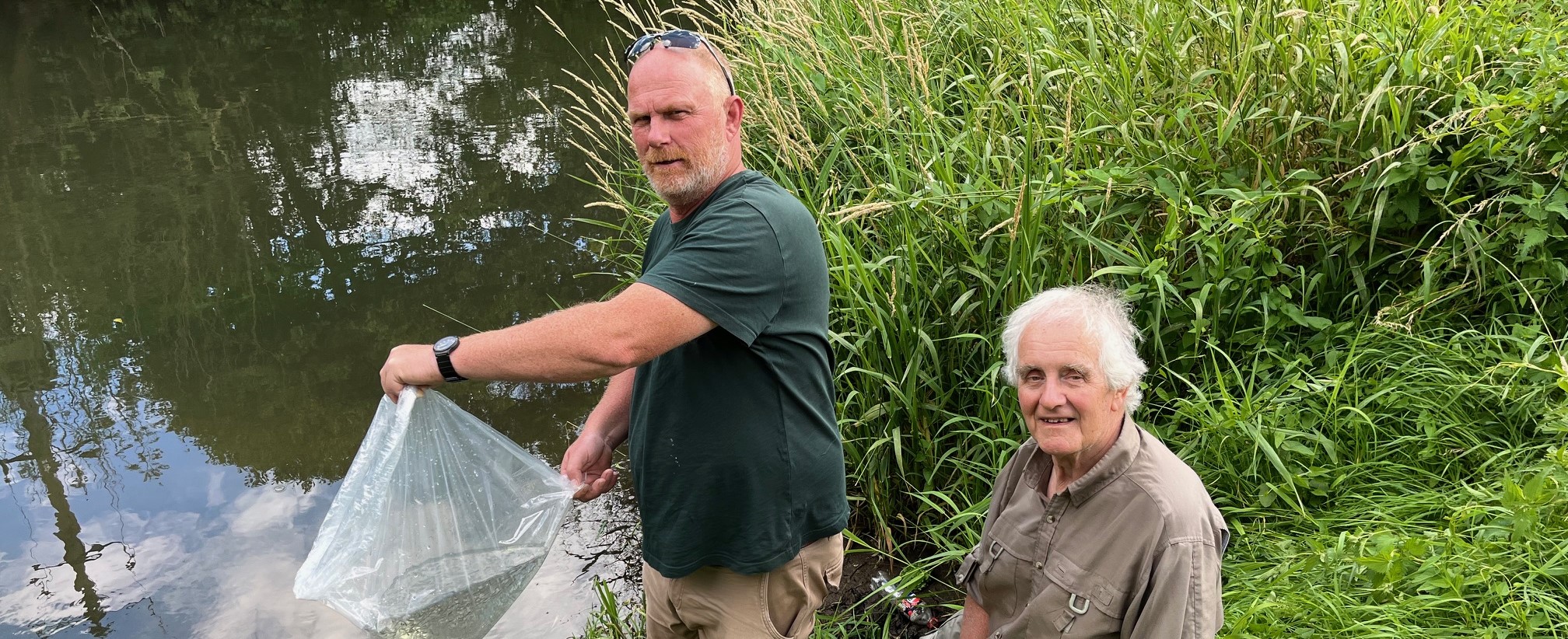
New Kennet Hatchery Releases First Reared Fish

Fishing Books for Kids

UK Recreational Catch-and-Release Bluefin Tuna: A step closer to…
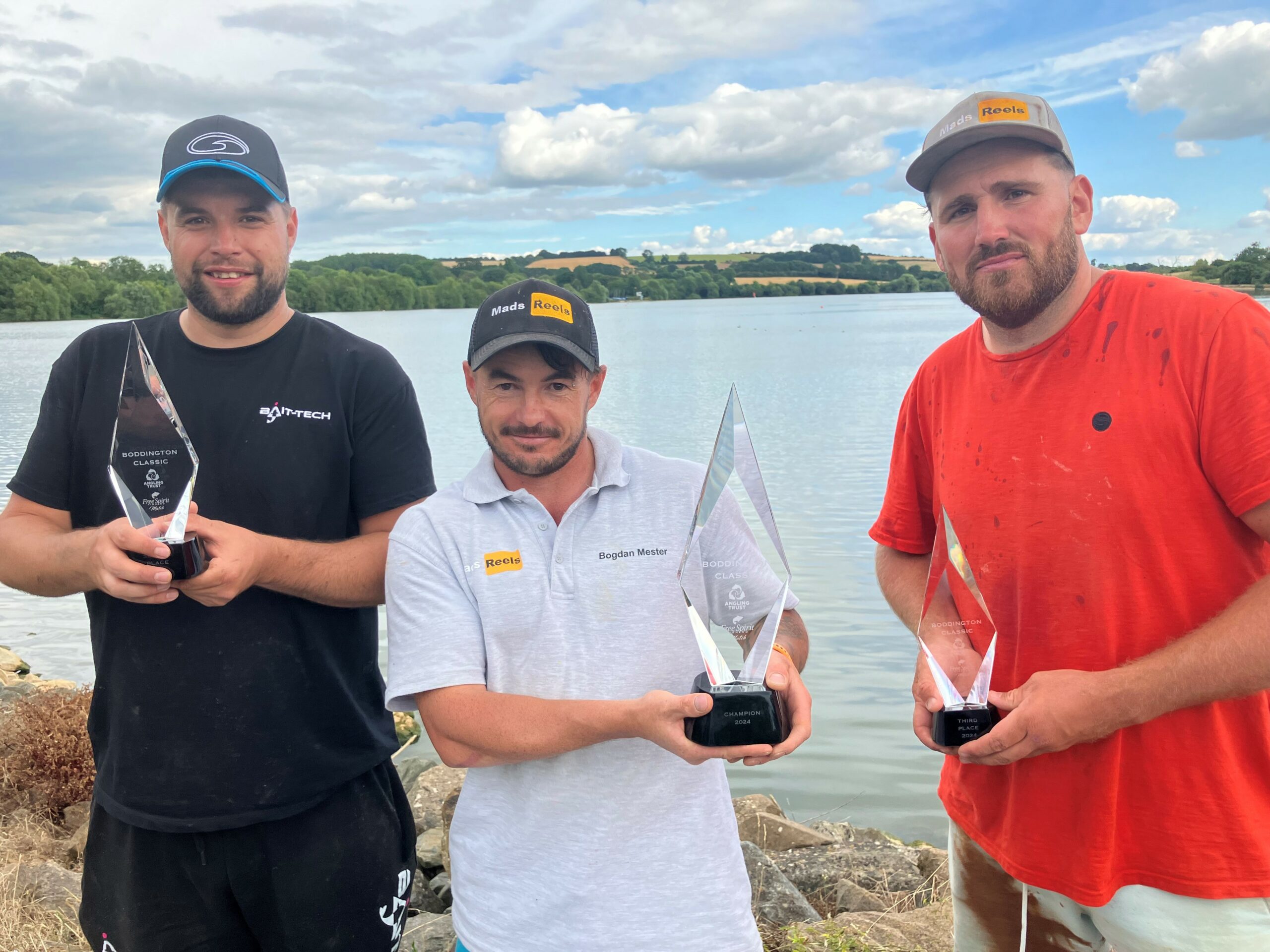
MESTER THE MASTER AT FREE SPIRIT MATCH BODDINGTON CLASSIC…
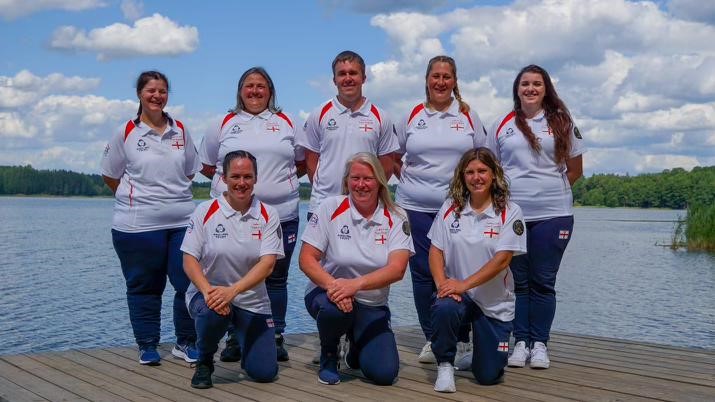
ENGLAND LADIES CARP TEAM MISS MEDAL ON TOUGH LATVIAN…

Angling Trust urges government to go further and faster…

ENGLAND YOUNG GUNS LEAD THE WAY IN HOME NATIONS…

AMAZING ENGLAND COMEBACK SECURES EURO CHAMPS BRONZE

ELLIOT BAGS THIRD NATIONAL WIN AT MARSTON!

PATIENT APPROACH WIN WOMEN’S NATIONAL FOR LEANNE!

Take a Friend Fishing
27th July to 1st September…



